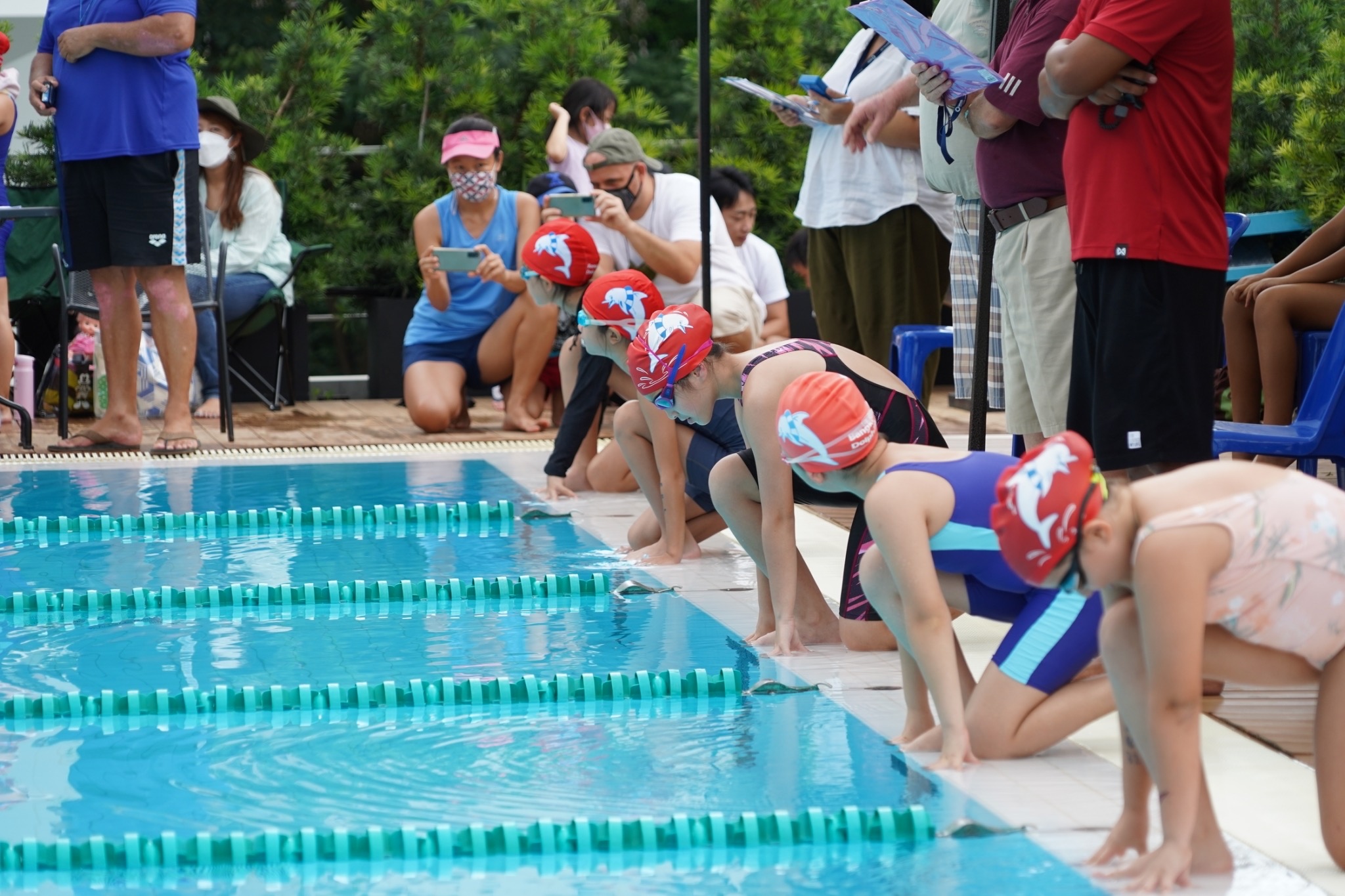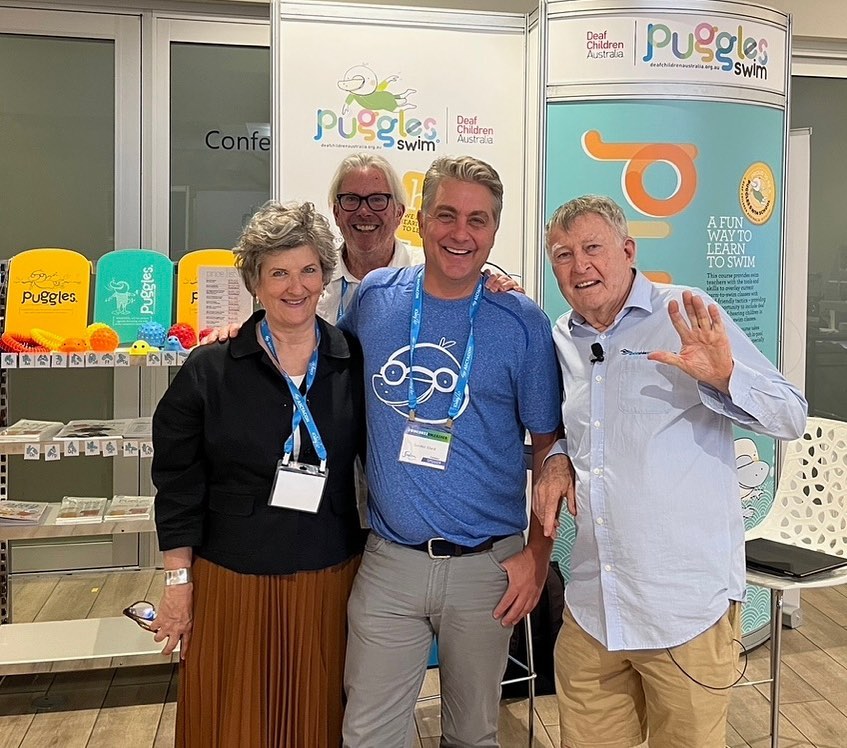Discover the Benefits of Swimming and Dive into Fascinating Swim Facts with Bangkok Dolphins Swim School
Swimming isn’t just a fantastic way to stay fit and cool during the summer; it’s also a soothing and meditative experience. With gentle, rhythmic strokes, swimming can melt away your stress and provide a calming, refreshing workout. At Bangkok Dolphins Swim School, we are passionate about helping you unlock these incredible benefits and improve your swimming skills.
But beyond the health benefits, did you know that swimming has a rich and fascinating history? From ancient civilizations to modern-day innovations, swimming has evolved into one of the world’s most loved activities. Here are some unique swimming facts to inspire you:
The History of Swimming
- The first swimming goggles were made from tortoise shells.
- Swimming became an Olympic sport in 1896.
- Swimmers were depicted as early as 2500 BC in Egyptian drawings, with even older illustrations found in Stone Age cave paintings.
- Benjamin Franklin invented swim fins to help improve efficiency in the water.
- The oldest concrete swimming pool (built in 1915) still stands in Texas.
- The breaststroke is the oldest known swimming stroke.
- Hollywood star Esther Williams popularized synchronized swimming through her aqua musicals in the 1940s and 1950s.
- In 1975, President Gerald Ford added an outdoor pool to the White House.
- The first recorded swimming races were held in Japan in 36 BC.
- The U.S. National Swimming Pool Institute, founded in 1956, continues to set pool safety standards today.
Impressive Swimming Statistics
- Competitive swimmers swim between 6-12 miles per day.
- An Olympic-sized pool holds an astonishing 850,000 gallons of water.
- In 1926, Gertrude Ederle became the first woman to swim the English Channel.
- Mark Spitz made history with 7 gold medals at the 1972 Olympics.
- Moscow, Russia, boasts the world’s largest swimming pool.
- Casablanca, Morocco, is home to the longest swimming pool, stretching 480 meters in length.
- In the U.S., the once-largest Fleishhacker Pool in San Francisco closed in 1971.
- Don Schollander was the first swimmer to break the 2-minute barrier for the 200-meter race.
- Freedivers can hold their breath for over 10 minutes.
- The crawl/freestyle stroke is the fastest Olympic swim stroke.
- A resort in Malaysia features a mind-blowing 643 swimming pools!
- Australian swimmer Ian Thorpe became the youngest world champion in 1998.
Unique Swimming Facts
- Many competitive swimmers shave their entire bodies before races to reduce drag.
- A space shuttle turbopump could drain an Olympic-sized pool in under 25 seconds!
- Some swimmers have flexible ankles, allowing them to touch the ground with their toes while lying on their backs.
- Surprisingly, more than half of Americans don’t know how to swim.
- Competitive swimming surged in popularity after World War I, along with the decline of full-body “long john” swimsuits.
- After World War II, swimming pools became a Hollywood trend, thanks to synchronized swimming star Esther Williams.
- Australia is known as the world’s most passionate nation when it comes to swimming.
- The first bikini was invented in Paris in 1946.
- Swimming was once a revered skill among Japanese samurai.
Health & Fitness Benefits of Swimming
- Swimming burns 40% more calories per hour than cycling.
- It burns 30% more calories than running.
- Swimming strengthens both the heart and lungs.
- Over half of competitive swimmers report experiencing shoulder pain.
- Swimming can help reduce asthma symptoms.
- It’s also a fantastic way to combat stress and reduce depression.
- Saltwater swimming can detoxify your skin and promote new cell growth.
- Swimming can reduce inflammation in the body, promoting overall health.
Why Choose Bangkok Dolphins Swim School?
At Bangkok Dolphins, we provide high-quality swimming lessons for all ages and skill levels. Whether you’re a beginner learning to swim or a competitive swimmer looking to enhance your technique, we have the perfect program for you. Our team of certified instructors is committed to offering top-notch swim training in a safe, fun environment.
Ready to dive into the exciting world of swimming? Bangkok Dolphins Swim School is here to help you achieve your swimming goals, improve your fitness, and discover the joys of being in the water. Contact us today to sign up for our swimming lessons or learn more about our programs.




